By Kim Robson
Last week we showed you how to make a terrarium. This article will detail how you can make your own sealed biosphere. It’s a fantastic science experiment to do with the kids and can teach many valuable lessons.
Biospheres were first developed by two scientists, Dr. Joe Hanson and Dr. Clair Folsome, when NASA became interested in closed ecological systems during the early 1980s. Building a tiny model of the Earth added value to NASA’s program to study Earth’s biosphere. It also helped NASA’s research on human life support systems and the construction of space stations for exploring our solar system.
Next came the grand experiment, Biosphere 2 in the Arizona desert, inside which eight researchers were sealed for two years. It remains the largest closed, self-sustaining, ecological system ever created. While the experiment wasn’t a complete success, suffering from wildly fluctuating CO2 levels, declining oxygen levels, and management disputes, there were still many important lessons learned.
Image: http://www.abundantearth.com/store/media/howecosphereswork.jpg
You can purchase a sealed biosphere for between $200 and $400, but why not create your  own for a fraction of the cost? Here’s what you’ll need:
own for a fraction of the cost? Here’s what you’ll need:
From home:
From an aquarium store:
From a local pond:
Gather all your supplies.
Mix up some dechlorinated tap water. Take the shrimp, snails, hornwort, duckweed, and the water they came home in into an open “holding tank.” Add some dechlorinated tap water to keep everything alive.
Head to a local pond in the late afternoon, when pH levels are higher. Spring and summer are the best times of year to go. Bring a container and fish net, and find a shallow area of the pond where you might see duckweed, water lilies, and other vascular plants. Also look for a good mix of substrates like sand, rock, and decaying vegetable matter.
Drag your container or net through mud, rocks, and partially-submerged plants. Examine the results for tiny shrimp-like critters between 1 mm and 10 mm long. Try to get up to eight of these if possible. You might need to get into the muck a bit. This is where the kids come in. Break out the Wellies and they’ll have a blast. Finally, collect 1 to 2 TBSP of pond sludge from the bottom, which should contain microscopic organisms and bacteria.
Back at home, dump your pond samples and sludge into the holding tank. In a fresh container, mix up one gallon of NPFW (nitrate-poor fresh water). This is tap water, dechlorinated and supplemented with freshwater minerals – follow the package directions. Water from the aquarium store and pond contain high levels of algae and algae-supported nitrates. Diluting with NPFW prevents an algae takeover.
Thoroughly rinse your canning jar, ornaments, rocks, shells, etc. with NPFW. Fill your jar halfway with NPFW, then add just enough river rocks to cover the bottom. Too thick a layer allows muck and algae to build up where snails and shrimp can’t get to them. Then add everything else except the powdered calcium carbonate. Use just the quantities listed, no more. Don’t try to mimic a traditional aquarium.
Fill the jar with NPFW, leaving 1” to 2” airspace at the top. Add the calcium carbonate last. It will cloud the water for a few hours. Say a little prayer for your “micro-nauts” as you tighten the lid. You’re finished!
There is no feeding or opening of the system required. Keep your biosphere at a reasonably consistent temperature between 70 – 80 degrees Fahrenheit, and where it can get 12 – 16 hours of indirect light daily. Standard room light is too dim, and direct sunlight is too much. A north-facing windowsill is good, or a 50-watt bulb a few feet away will also work. Your tiny world should last at least three months, and many can last two to three years. Some people report having biospheres still healthy after 5, 10, even 15 years! Ones without shrimp can last even longer.
Discuss the larger implications of your experiment with your kids. Someday soon, we’ll be putting men on Mars. Understanding how our planet’s systems work is critical to making life work off-planet. Your shrimp might suddenly die, or show signs of stress like molting and growing smaller, or displaying carnivorous behavior. You may have to answer some hard questions. Was it right to play God and create this little world? Will you intervene or will you leave your critters to their sealed fates?
One last note: Aquarium fish, snails, and shrimp can be invasive and destructive if released into the environment, so please freeze them after your experiment before disposing of them, or keep them alive in an aquarium.
Source:
http://cdn.makezine.com/make/wp_aquanaut.pdf


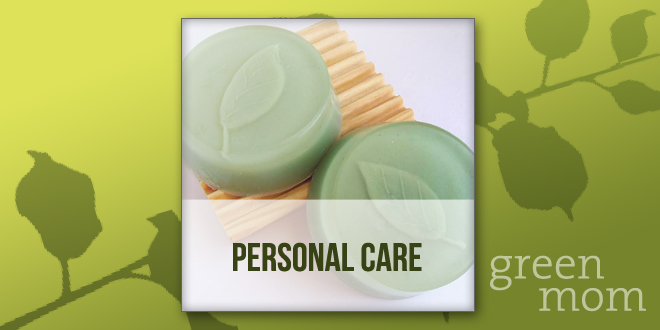
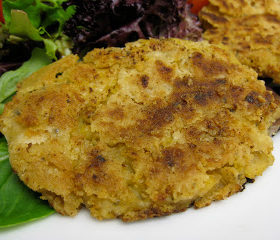
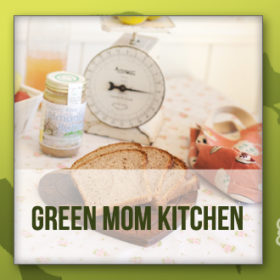


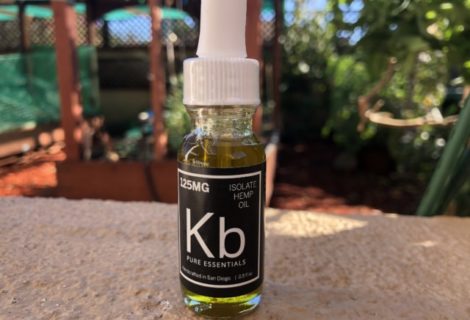

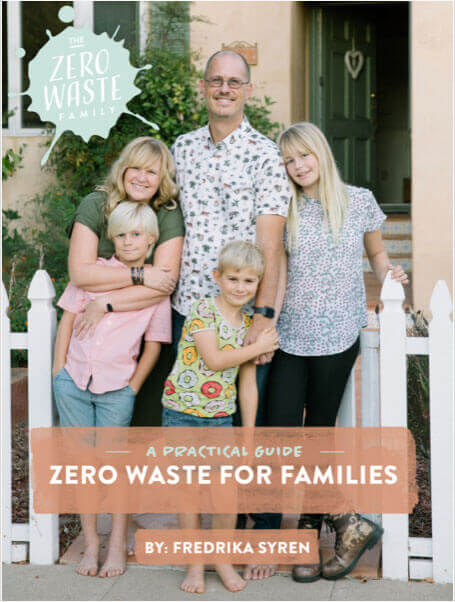

Austin
You really should give credit to your sources:
http://cdn.makezine.com/make/wp_aquanaut.pdf